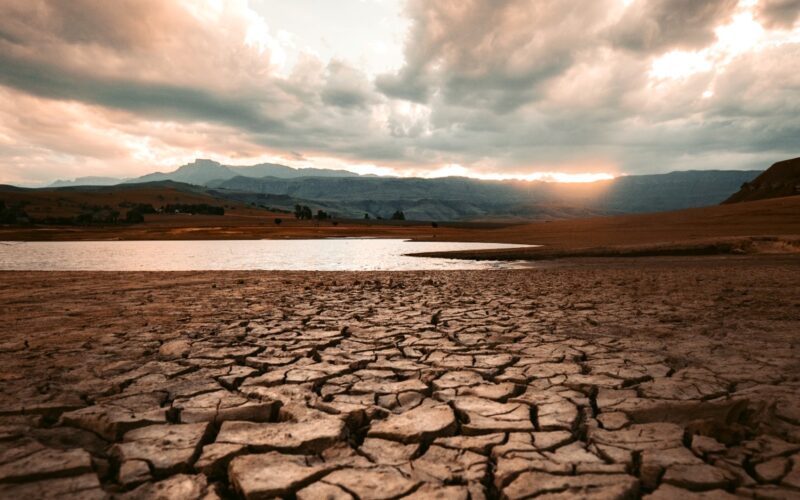A report on the National Geographic website suggests that degradation has impacted over 75% of the Earth’s landmass, posing a serious threat to the survival of 3.2 billion individuals. The phenomenon of desertification serves as a cautionary message from nature to humanity.
Washington, D.C. (Business Northeast) – A large portion of the Earth’s land surface is already affected by degradation. According to the assessment report, more than 75% of the earth’s land area is degrading and threatening the lives of 3.2 billion people. Some land has become deserts, some land has been contaminated, and forests have been cut down into agricultural land. These are the main causes of species extinction. If the land continues to desertify, by 2050, 95% of the earth’s land area will become barren. The report also shows that food production may collapse in many places in the future, and hundreds of millions of people will be forced to relocate.
The earth is changing extremely
With the increase in the number of people on the planet and the development of the economy, the environmental pollution and the greenhouse effect of the planet have become very serious. Land, ecology and climate are changing. For example, Australia’s unstoppable forest fires, overheated or cold climates in comfortable areas, and extinct animals are increasing every year.
According to the “Weather” data, there are three kinds of bird extinction in 2018 alone, and there will be more and more endangered creatures in the future.
“Land degradation, biodiversity loss, and climate change are three different faces of the same central challenge: the increasingly dangerous impact of our choices on the health of our natural environment,” said Sir Robert Watson, chair of the Intergovernmental Science-Policy Platform on Biodiversity and Ecosystem Services (IPBES).
Over the past 300 years, 87% of the world’s wetlands have disappeared, of which about 54% occurred after 1900. In order to plant oil palms, humans have continuously destroyed wetlands and severely damaged the ecology in the Congo region of Southeast Asia and Africa.
Carbon dioxide can be stored in the soil
Restoring land to pastures, food crops, or woods can convert enough carbon into biomass to stabilize carbon dioxide emissions for 15 to 20 years. Plants absorb carbon dioxide from the air and combine it with sunlight to convert it into energy that plants can use. Not all carbon is consumed by plants. Some are stored in the soil in the state of humin, this stable carbon molecule can be kept in the soil for centuries.
The United Nations Convention to Combat Desertification in Those Countries Experiencing Serious Drought and/or Desertification, specifically in Africa (UNCCD) is a convention influenced by national action plans and desertification and mitigate, which incorporates long-term strategies and Partnership arrangements.
“We have lost the biological function of soils. We have got to reverse that,” said Barron J. Orr, lead scientist for the UN Convention to Combat Desertification. “If we do it, we are turning the land into the big part of the solution for climate change.” The core of this idea is to solve the growing problem of desertification.
Govern the desert to save green land
NASA published an article in February 2019, pointing out that the earth’s green space has increased by 5% compared with 20 years ago, and the increase in plant area is equivalent to an Amazon rainforest. Among them, China and India have made the greatest contribution to global greening. This result surprised all walks of life. 42% of China’s huge contribution to the global greening trend comes from plans to protect and expand forests. and 82% of the greening seen in India – comes from intensive cultivation of food crops.
“China and India account for one-third of the greening, but contain only 9% of the planet’s land area covered in vegetation – a surprising finding, considering the general notion of land degradation in populous countries from overexploitation,” said Chi Chen of the Department of Earth and Environment at Boston University, in Massachusetts, and lead author of the study.
Many factors will affect future greening trends, including global scale and the local human level. For example, India’s groundwater irrigation has boosted food production. If groundwater is depleted, this trend may change. Any policy and resources will affect our future. If we want to slow down desertification and save the green earth, we must reduce man-made destruction and environmental pollution. Don’t give up on small details, use long-term efforts to restore our land.










